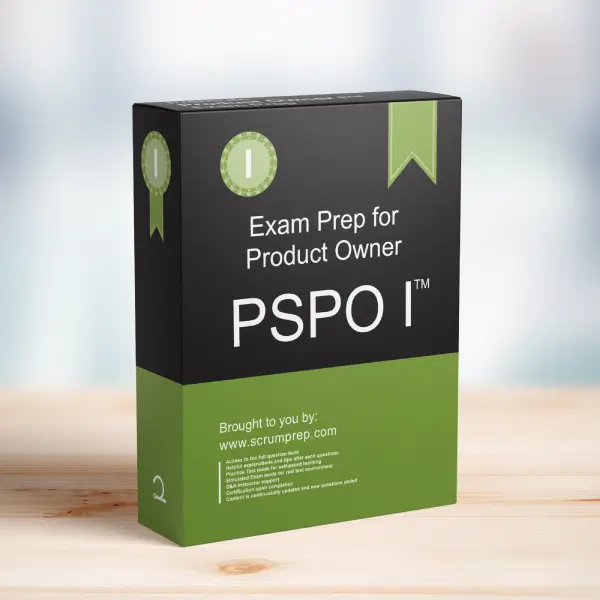High-Performance Scrum Teams and Release Sprints
Scrum teams aim to deliver high-quality Increments every Sprint. This article addresses the misconception about the need for a “Release Sprint” to ensure completeness.
Exam Question
True or False: A high-performance Scrum Team ensures that each Increment is complete by running a Release Sprint.
A. True
B. False
Correct Answer
B. False
Explanation
Correct Answer
B. False:
In Scrum, there is no concept of a “Release Sprint.” Each Sprint should produce a potentially releasable Increment. The Definition of Done ensures that all necessary work to make the Increment releasable is completed within the Sprint. This continuous delivery model eliminates the need for a separate Release Sprint.
Incorrect Answer
A. True:
This statement is incorrect because it suggests a separate Release Sprint is necessary to ensure completeness. In Scrum, each Sprint should result in a potentially shippable product Increment without requiring additional Sprints for release activities.
Responsibilities in Scrum
- Product Owner: Ensures that the Product Backlog is ordered to maximize value and that the Definition of Done is clearly understood and adhered to.
- Scrum Master: Facilitates adherence to Scrum practices, ensuring the team follows the Definition of Done and each Sprint results in a potentially releasable Increment.
- Developers: Responsible for delivering a potentially shippable Increment at the end of each Sprint, adhering to the Definition of Done.
Relevance to the PSPO I Exam
Understanding that there is no need for a “Release Sprint” in Scrum is crucial for the PSPO I exam. It highlights the importance of the Definition of Done and the expectation that each Sprint delivers a potentially shippable product Increment.
Key Takeaways
- Scrum does not include the concept of a “Release Sprint.”
- Each Sprint should produce a potentially shippable product Increment.
- The Definition of Done ensures completeness and readiness for release.
Conclusion
In Scrum, each Sprint is designed to produce a potentially releasable Increment, eliminating the need for a separate Release Sprint. This approach ensures continuous delivery and adherence to the Definition of Done. Understanding this principle is essential for preparing for the PSPO I exam. For more information on preparing for the PSPO I exam, visit our PSPO I Exam Prep.



